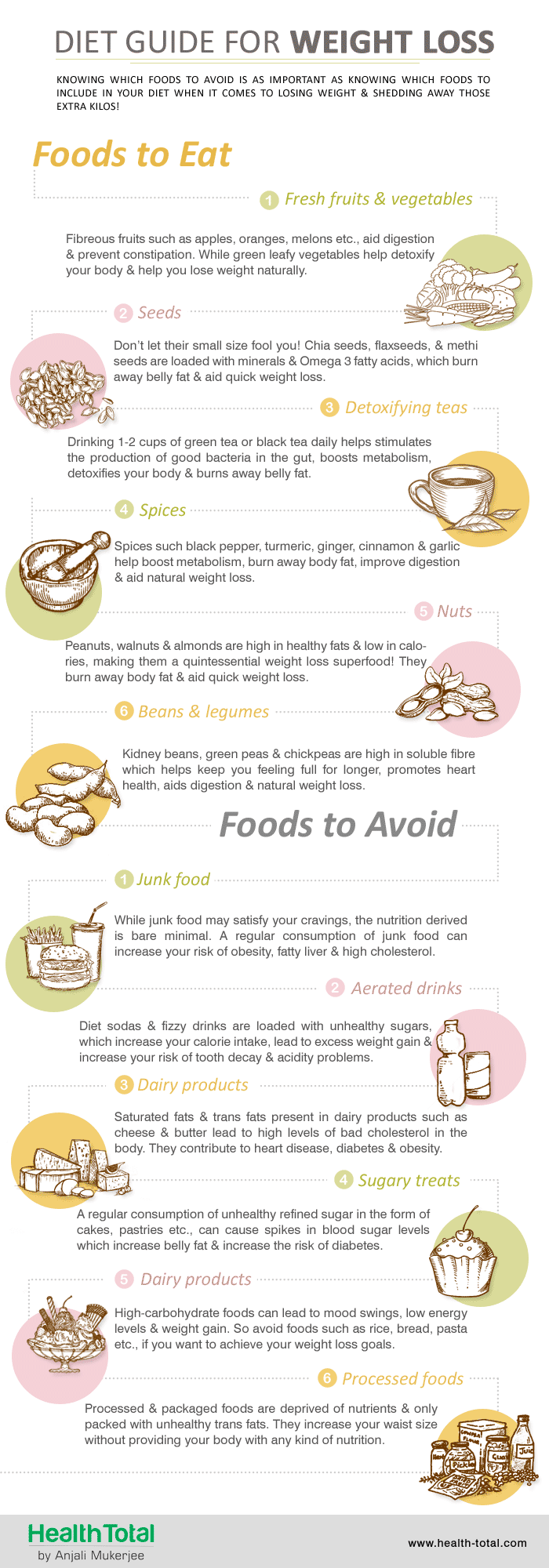Cold laser therapy is a valuable tool to assist in pain monitoring and the healing procedure. It is frequently made use of in sports medication, dermatology and acupuncture.
Cold lasers penetrate deep right into tissues and advertise chemical modifications without heating them. They lower inflammation and swelling, speed up cellular task and speed up recovery.
Theoretical History
Unlike the high-intensity lasers that surgeons use to puncture tissue, cool laser therapy makes use of light-emitting diodes to permeate right into your skin and promote recovery. As these photons reach broken tissues, they launch a chain reaction that boosts your cells' production of enzymes and accelerates your body's natural recovery procedures.
The photons additionally reduce pain through the production of endorphins and enhance your body's capability to drain inflamed locations by generating vasodilation (the expansion of capillary). Therefore, it aids you recuperate from musculoskeletal injuries and discomfort quicker.
Many individuals have read about cold laser therapy from their physical therapist, chiropractor or physician and might be wondering exactly how it functions. Unlike most laser devices utilized in the clinical field, which in fact heat up tissue, our modern devices sends out chilly laser beam that do not cause any type of home heating of your tissues. This enables your body to obtain the healing benefits without activating any kind of side effects.
Scientific Tests
Cold laser therapy is typically suggested as a treatment alternative for individuals that have musculoskeletal pain and injuries. It can be made use of to minimize inflammation, strengthen cells and speed up the body's natural healing procedures.
Non-thermal photons of red and infrared laser radiation are taken in by the light sensitive elements in cells and launch a boost in intracellular metabolism that raises cell recreation, decreases inflammation, removes edema and reduces healing time.
Unlike the light that is generated by sunshine or basic lights, laser light is parallel (all wavelengths travel in the same direction), coherent and single. These residential properties enable laser power to penetrate much deeper right into the tissues.
Numerous clinical tests have actually shown that LLLT can be efficient in reducing pain in the bone and joint system. Nevertheless, more properly designed studies are needed to review the optimal settings for laser irradiation and to establish its effectiveness in certain problems, such as oral mucositis in cancer individuals receiving chemotherapy or radiotherapy, and injury recovery (including diabetic abscess adhering to hammertoe surgery). This Aetna plan notice does not address other uses LLLT, consisting of the treatment of different skin diseases.
Final thoughts
Unlike surgical lasers that can damage growths or coagulate cells, chilly laser treatment does not heat up the body's cells. Rather, the light promotes your cells to produce adenosine triphosphate, which accelerates the repair process of damaged tissues.
Aetna takes into consideration low-level laser (LLL) therapy clinically required for the avoidance of dental mucositis associated with cancer therapy (radiation treatment, radiation treatment, hematopoietic stem cell transplantation) and non-cancer treatments (such as radiodermal injury, fibromyalgia). A number of research studies revealed that LLT can be reliable in lowering PU symptoms without unfavorable impacts. Nevertheless, distinctions in research study layouts and laser dosimetry body detoxification made contrast of the outcomes hard; RCTs with low risk of bias are needed. The use of a 660 nm wavelength and higher energy density seems much more efficient than the other examined laser wavelengths. This could be since the various other wavelengths might promote inflammatory procedures and trigger even more adverse effects. The impact of the kind of laser utilized is likewise crucial; the writers recommend that future research study concentrate on examining various kinds of lasers and their doses to identify the ideal combination of laser parameters for PU prevention.
Recommendations
Cold laser therapy is used by dentists to treat inflamed periodontal cells, medical professionals to alleviate discomfort triggered by rheumatoid arthritis, and physical therapists to speed the healing of muscular tissue, ligament, and tendon injuries. Lots of medical insurance plans cover this therapy.
Unlike warm lasers, which have a thermal impact on tissues, cold lasers (also called low-level lasers) stimulate the mobile power of the skin. Photons from the laser light penetrate right into the cell, activating a collection of chemical modifications that advertises regrowth and decreases inflammation.
In order to be effective, lasers have to be effectively configuration and utilized. This is why it is not recommended to buy a cheap non-prescription laser tool and try to treat yourself in the house. A skilled professional is required to ensure that the tool is utilized correctly to decrease the threat of eye injury and maximize its effectiveness. The laser tool need to be adjusted to the proper setup, intensity, regularity, and setting of the laser on the treatment location.
